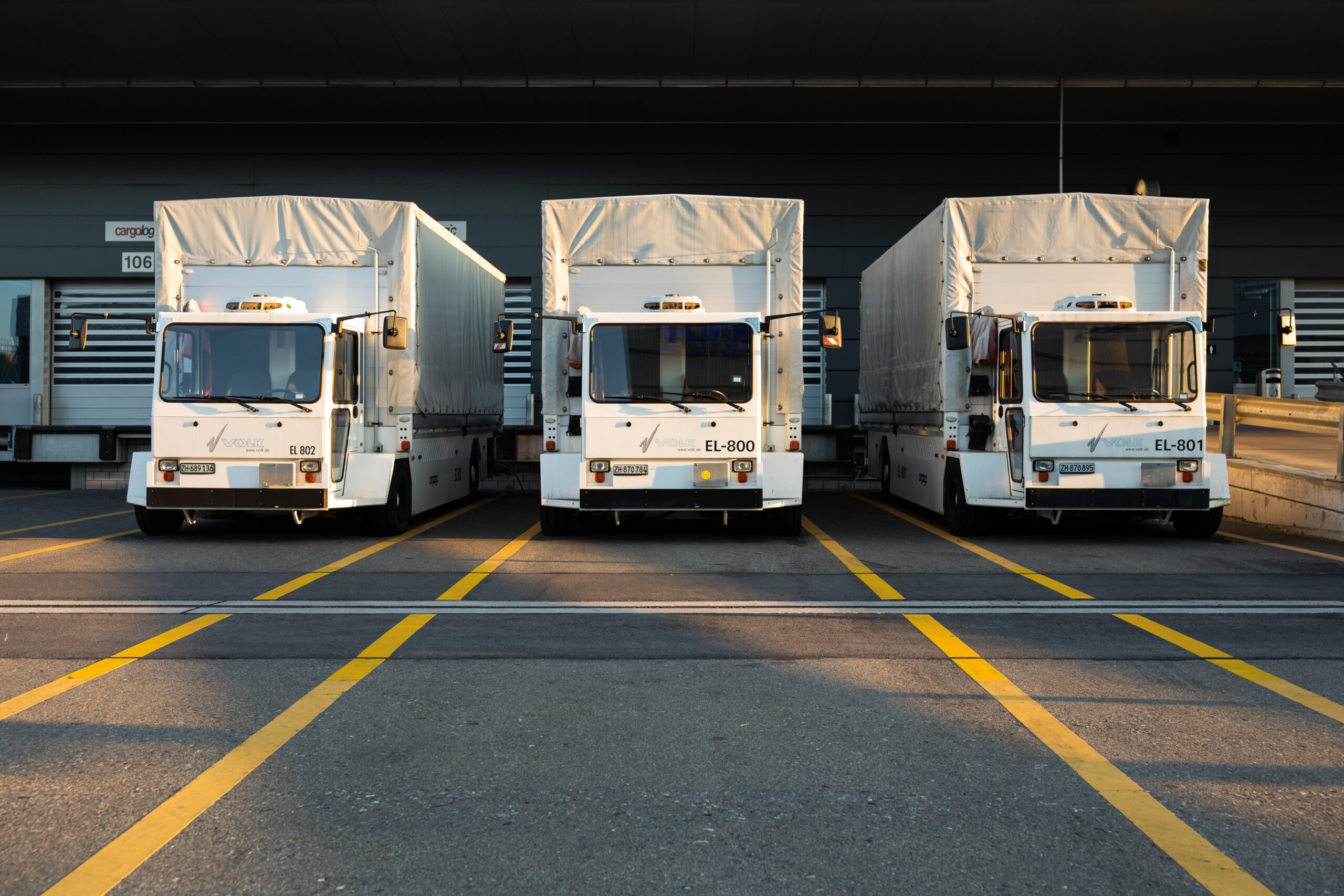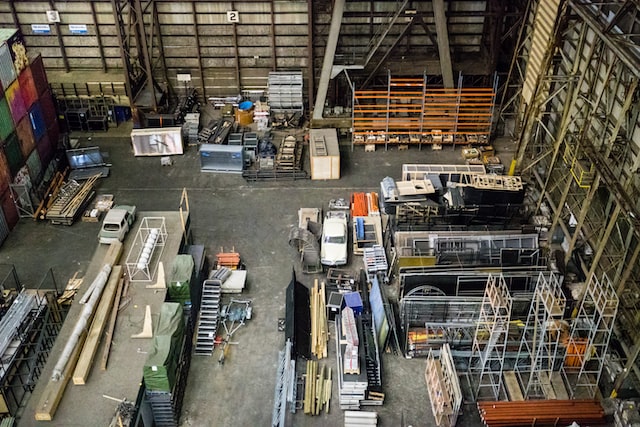Most of the activity’s businesses undertake have a price tag attached to them. It’s not always bad, as these investments can yield significant returns later.
That said, the cost-of-living crisis is affecting businesses too. Entrepreneurs are reporting that rising costs are stunting growth, leaving them facing a series of difficult decisions and cutbacks. Sacrifices need to be made.
Still, there are often areas where costs need to be cut in business, even when things are going well. Transportation expenses are among them, and there’s quite often more room to shave down some of these fees. There are many ways to reduce transportation costs in business. Here are some of the most promising solutions.
Table of Contents
Introduce Electric Fleet Vehicles
Using electric vehicles (EVs) in your fleet is a great way to save money on transportation costs. There are many reasons for this being the case.
Though they’re more expensive to purchase, EVs lead to savings over time. They’re cheaper to recharge than a regular car to refuel. Affordable leasing deals are also available, with an option to buy the EV at the end of the arrangement. There’s also less chance of emergency maintenance needs, as they have fewer components. EVs also have regenerative breaking features; they stop brake wear and turn your speed into battery power.
Read more about the benefits in this ultimate guide from ElectriX. They detail everything you need to know and can help you find insurance and leasing deals. ElectriX also gives you confidence, reassuring you that EVs are more reliable than their regular counterparts and that now is the best time to procure one. You can make an informed decision with their resources.
EVs give back in other ways too. They can boost the green credentials in your business, with every fleet driver marketing your firm as eco-friendly when they’re travelling. After that, your business may appeal to more customers, and the business they bring with them can offset many other costs relating to your fleet. Ultimately, EVs are the most dynamically beneficial way of reducing transportation costs in your business.
Improve Storage Capabilities
Storage plays a vital role in transporting goods and their related costs. It can be improved in various ways.
First, consider the organisation of your own storage facilities. Have you made optimum use of vertical spaces? Are there prime spaces for racking and palleting storage solutions? Is there waste that needs to be eliminated or recycled? Try to answer these questions and develop things where you can.
The more streamlined and organised your storage capabilities are, the more you can save on transportation costs. Goods will be packed more safely and efficiently into your fleet vehicles, enabling you to deliver more goods for less effort and expense.
Train all your workers in storage best practices so that goods are stacked as efficiently as possible. Remember, though vehicles use more fuel when transporting heavy cargo, they may ultimately save more in the long term if they’re making fewer trips between the business and their other destinations.
Reevaluate Supplier Relationships
Suppliers are everything to a business. They keep all the wheels turning.
That said, these B2B dynamics have to be mutually advantageous. There’s no sense in remaining loyal to deals that no longer work in your firm’s favour. Therefore, there may come a time when things need to be reevaluated. Business aims can alter anytime, especially during a turbulent period for many businesses.
It might be that you’ll need to renegotiate with suppliers to ensure you don’t have more goods than you truly require. That way, you can set more realistic expectations for transporting goods and not have to deal with a costly excess of those you can’t move. Clearing redundant stock also makes shipping consolidation faster and more efficient, as you’ll be able to more easily discern what’s needed and where.
Working with local suppliers can also reduce transportation costs. If your fleet vehicles collect goods from them, travelling shorter distances will keep fuel and recharging costs down. Ultimately, reshuffling the supply chain can be a more convenient arrangement if greater cost control is needed.
Pre-plan Routes
Journeys can be mapped out by fleet drivers before they get moving. That way, they can ensure they’re utilising as little fuel or power as possible.
Many things should be considered beyond taking simple shortcuts. What’s the terrain like? If there are steep inclines, that can take a toll on the vehicles used. Areas prone to heavy traffic can also drain fuel and energy if drivers forget to turn off their engines when queuing at the traffic lights. Changing weather patterns can also influence the amounts of fuel and energy used.
Remember, unexpected circumstances threaten to risk everything for fleet drivers. They should also be trained to hold their own in an emergency. Some delays can increase transportation costs, especially if it causes subsequent backlogs in delivering goods. If they can change tires and oil, perform first aid, and respond to any other basic concern, it can reduce transportation costs in the long run.
Fleet drivers should be able to update their status to their superiors and adapt accordingly if things change mid-journey. That way, they can liaise with their colleagues and follow a backup plan to prevent further disruptions.
Reinforce Driver Policies
Some fleet drivers take liberties in their roles. Even if you’ve pre-planned their route with them, some employees may still choose to take matters into their own hands.
For example, one driver added stripes to their vehicle to claim it wasn’t theirs after being caught speeding. Others take detours down the scenic routes and may even run personal errands before heading where they’re needed. It’d be nice to trust your drivers, most of whom you probably can, but there may always be one or two that take advantage of that faith.
Reinforce driver-related policies where you can. Clearly outline the standards you expect of them. Disciplinary procedures may occasionally be necessary to motivate fleet drivers to stay productive, so don’t shy away from those measures. Doubling down on your position will reduce transportation costs.
Give Customers Flexibility
Fleet drivers may get to their destination on time and without fuss. Still, that’s never a guarantee that a customer will cover their end of the arrangement.
Sadly, these situations can lead to all sorts of mixups for customers and couriers both. To avoid misunderstandings or potential thefts when leaving packages outside, some firms take the package back to their depot if it’s located nearby and nobody answers the door. Consequently, this can be a big waste of transportation costs, especially if it happens recurrently.
The best workaround is to allow customers to choose their preferred delivery time or the address where they’d like the parcel left. That way, you can ensure they’re in to receive the thing, or at least a trusted neighbour looks after it instead of a random neighbour. Ensuring customer flexibility around these matters keeps everyone happy, and you don’t waste money on transportation costs.
Conclusion
You can approach the reduction of transportation costs in your business in many ways. Each avenue is worth exploring to its utmost potential, helping you build a more cost-effective fleet and a stronger and more sustainable company. Every option is a launch pad for other enterprising opportunities, so try to make the most of these solutions and instruct your colleagues to do the same.
The post The Best Ways To Reduce Transportation Costs In Business appeared first on Entrepreneurship Life.





Leave a Reply